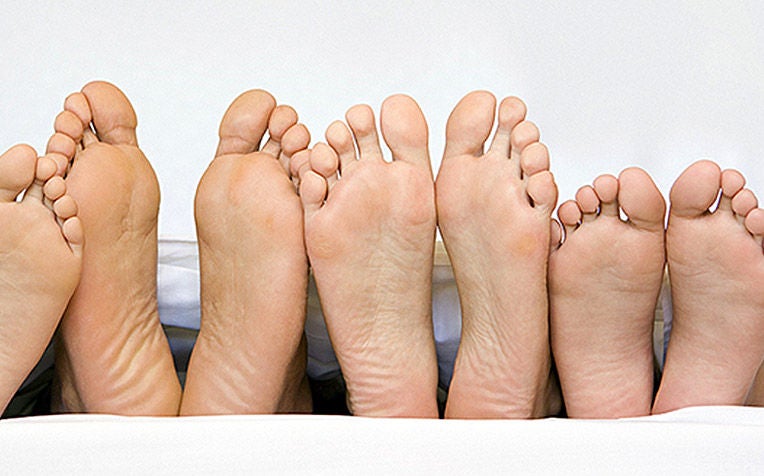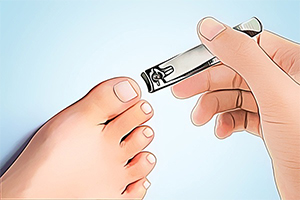HealthXchange will NEVER ask you to transfer money over a call. If in doubt, call the 24/7 ScamShield helpline at 1799, or visit the ScamShield website at www.scamshield.gov.sg.

Diabetes can cause many undesirable complications in the feet and lower limb, so it is important for people with diabetes to have a correct foot care regime to keep their feet healthy.
In a person with diabetes, foot conditions like hard skin, ingrown toe nails, blisters or cuts can often lead to wounds, which can easily deteriorate if no proper care is taken. Thus, it is important for people with diabetes to check their feet daily to avoid foot complications.
The Podiatry Department at Singapore General Hospital (SGH), a member of the SingHealth group, shares ten simple steps to follow for healthier feet.

1. Check feet daily for
- Blisters
- Hard skin
- Wounds
- Sudden changes in skin colour
- Cracks in skin
Click the link to find out how to check your feet and what to look out for

2. Look out for signs of infection
- Redness
- Pus / Discharge
- Warmth
- Fevers / Chills
- Swelling
- Foul smell
- Pain

3. Maintain foot hygiene
Click the link to find out how to maintain good foot hygiene

4. Moisturise feet daily
Click the link to find out how to properly moisturise your feet

5. File any buildup of hard skin or corns
Click the link to find out how to properly file buildup of hard skin or corns

6. Cut toenails straight across and smoothen nail edges with a nail file
Click the link to find out how to properly care for your toenails

7. Wear shoes with supportive features and a good fit
Click the link to learn what characteristics to look for when choosing shoes with good support and fit

8. Check that there is nothing in your shoes before wearing them
Before wearing your shoes, always check to ensure that there is nothing hidden in them (for example, sharp objects or small objects).
Also, always wear socks or stockings with shoes to prevent blisters from forming on your feet due to skin being continuously rubbed against the shoe.

9. Maintain good blood sugar levels
Blood sugar levels that are too high or too low can be harmful. Discuss your blood sugar levels with your doctor and work with your doctor to keep them on target!

10. Go for a yearly Diabetic Foot Screening at the polyclinic, GP clinic or hospital
It is essential to go for diabetic foot screening at least once a year. During foot screening, the sensation in your feet is checked, and you will be informed of your risk level of developing foot problems.
If a Diabetic Foot Screening appointment has not been arranged for you in the coming year, please request your doctor to send you for one.
Related articles:
Click the link to learn how diabetes affects the feet.
Click the link for tips to avoid diabetes foot complications.
Click the link to find out what to do during a diabetes foot emergency.
Ref: G25 (ed)
Contributed by
Related Articles
Conditions & Treatments
Public Events
Get the Health Buddy App
© 2025 SingHealth Group. All Rights Reserved.


















 Get it on Google Play
Get it on Google Play